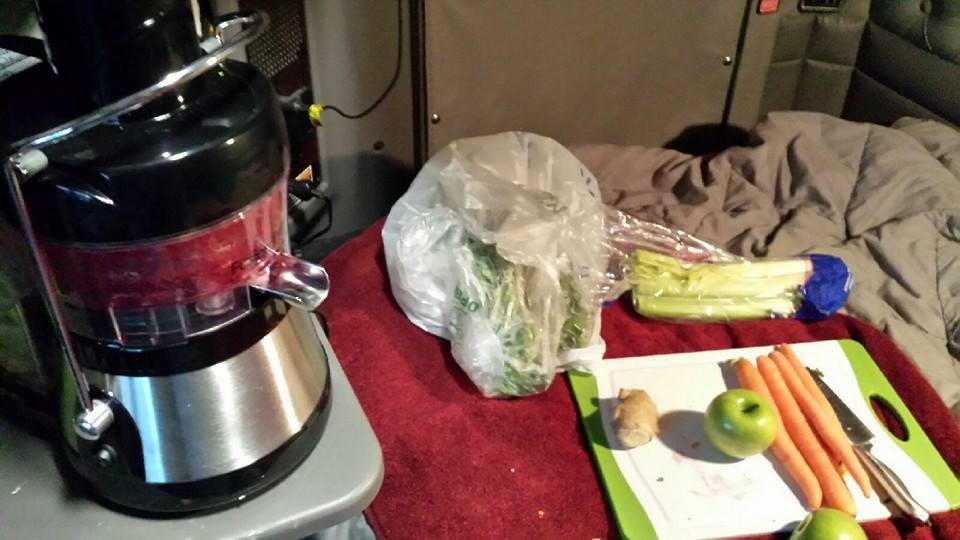The typical rule of thumb is to “eat your fruit and drink your vegetables.” When you remove the fiber (pulp) from your orange juice, for example, it allows the juice to skip the digestion process and be absorbed into the blood stream. If you juice fruit, it will release lots of sugar at once, which can spike glucose levels. It is best to eat fruit rather than juice it; though adding a little bit of apple is often okay as it improves the taste of some juice combinations.
Juicing vegetables allows almost all of the nutrients of the vegetable to be absorbed, just as it does with fruit. Beware of some vegetables, such as kale and spinach, as they can interfere with blood thinners and cause other complications.
One great tip for juicing is to use organic vegetables whenever possible. All vegetables must be washed; if not organic, they should be peeled. Juice should be consumed immediately after juicing or put into containers (like mason jars) filled to the top to remove all air. The juice should be chilled and consumed within three days.
Juices made at home or at juice bars are not pasteurized. Disease-causing microbes can live on produce. E. Coli or salmonella infection and even hepatitis can result from juicing unwashed or poorly washed produce. However, some recommend using a vegetable wash, which involves washing and/or scrubbing the produce with a 50/50 mixture of water and white vinegar.
Remember, juicing is a great way to take a step toward healthier you, but only if it’s done the right way. As always, it’s a good idea to consult your physician before making drastic changes in your diet. We are happy to help answer your questions, but your doctor knows best!



Leave Your Comment
Many desktop publish packages web page editors now use model text
search for sites their infancy.